Early-access hit Enshrouded is a blast, but the experience on Steam Deck isn't quite there yet — here's what settings you'll need to give it a go portably.
Right now, it sure feels like early-access survival games pop into existence on a near-daily basis. Recently, we covered Palworld and how it fares on the Steam Deck — now, there’s another new early access release garnering attention, and it seems much more promising. Enshrouded by German-based indie studio, Keen Games, has less survival genes, but boasts much more polish and a massive hand-crafted and voxel-based open world to explore with up to 15 friends.
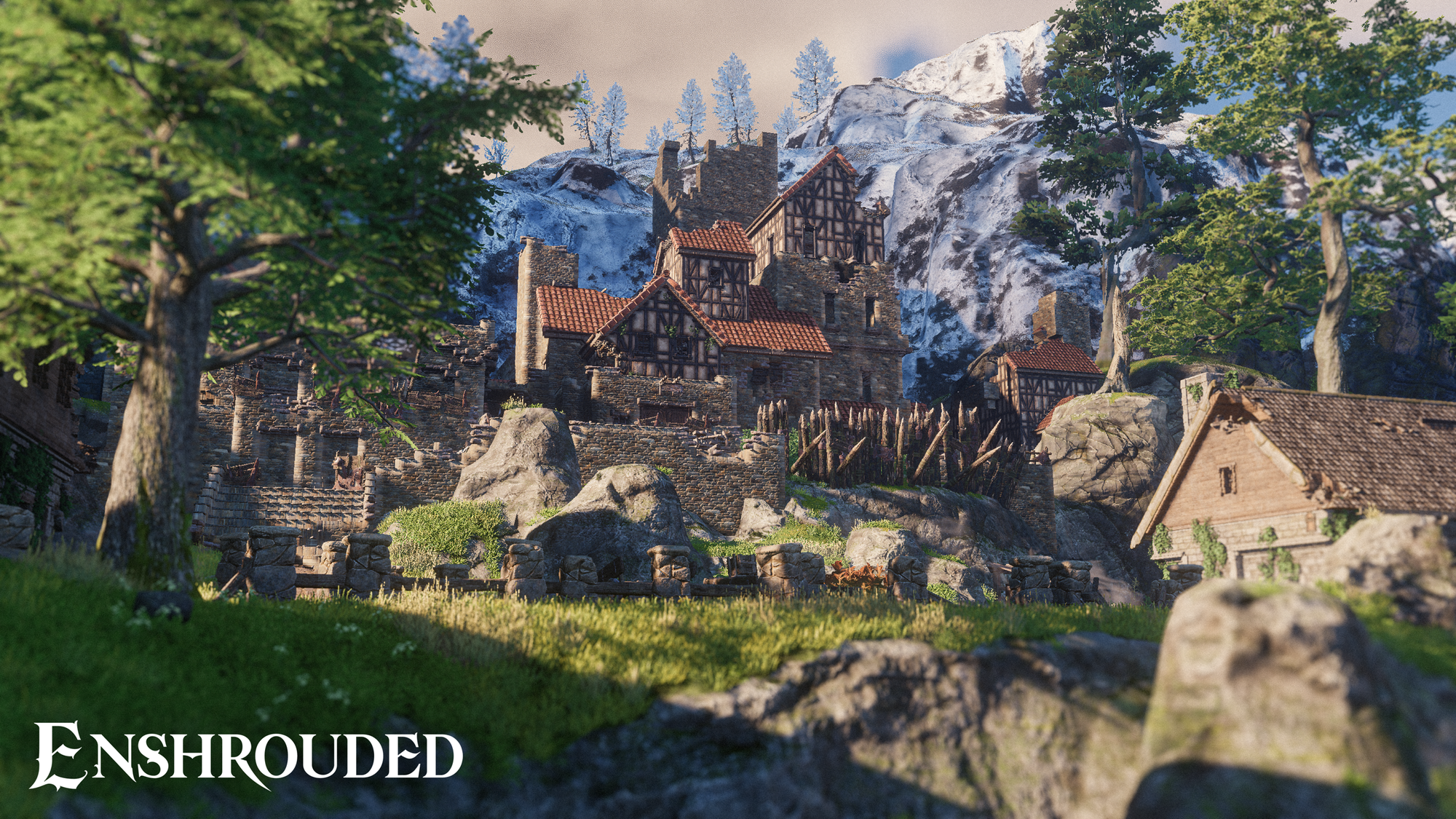
Eagle-eyed readers might have already noticed a significant challenge here: Voxel-based rendering isn't particularly lightweight, so it begs the question of how it'll fare on the Steam Deck. Look no further and let's dive in.
Enshrouded on Steam Deck
A vast new and beautiful sandbox world awaits
Let me tell you: Enshrouded, developed on an in-house engine called 'Holistic', looks stunning. The voxel-based rendering really shines on a visual level and impresses thanks to its giant fantasy world with multiple biomes, cave systems, and mountains. Everything looks as you'd expect, and the way, for example, light falls through treetops illuminating the ground in the forest gives the game (even in its early-access state) a true next-gen look.
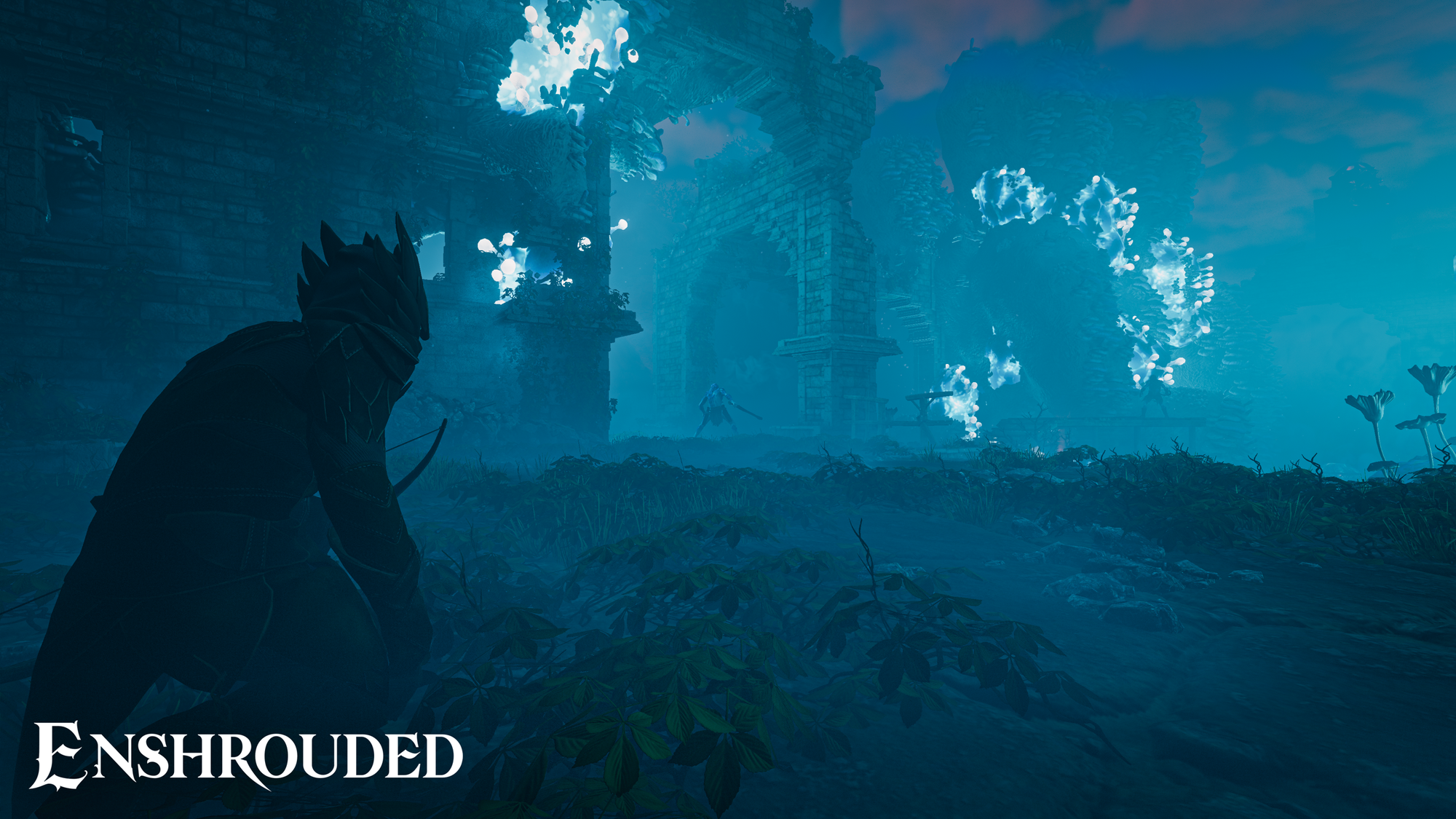
Game worlds of such size often come procedurally generated, but Keen Games decided for a different approach: While the general foundation of Enshrouded's world has been generated, the developers filled in everything else — such as props like massive castle ruins, caves and treasures — by hand. Given that the game is voxel-based, players can manipulate the terrain to their heart's content and build bases and more in a classic survival sandbox manner.
The biggest emphasis, though, lies on exploration, as Keen Games decided to fill the different regions to the brim with lore and other secrets to discover. The icing on that cake is an extensive set of skills which enables up to 16 players to take on different, albeit typical RPG roles. Thankfully, the game lacks any unforgiving survival element such as hunger, with its food and potions mainly offering temporary buffs. Oh, and yeah, a Breath of the Wild style glider is also available – great, right?
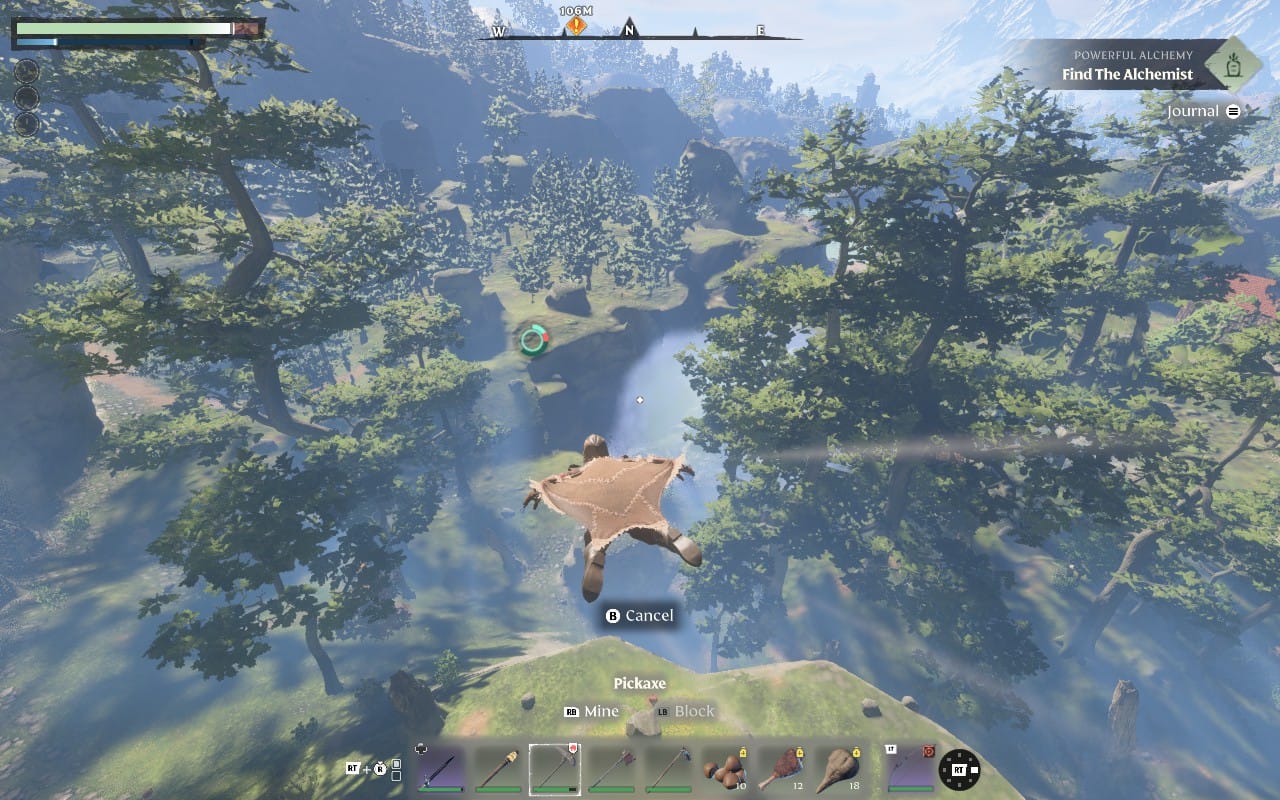
After clocking in more than 30 hours since the early access launch, I can safely attest that there's an incredible amount of passion and ideas in here, and I cannot wait to see what the game's content looks like in a year. Then again, I might be partially biased, as a German, when speaking about a German-based project like this. Oh well.
Not-so-portable performance
In all fairness, it's not overly surprising that Enshrouded is not a good fit on handhelds as of right now. The game is really resource-hungry, and getting a comfortable playable experience on the Steam Deck, regardless of the model, is nearly impossible. Even with the lowest possible settings at native resolution, and with FSR enabled, you'll get a mixed bag of frame rates between 25 and 32 FPS.
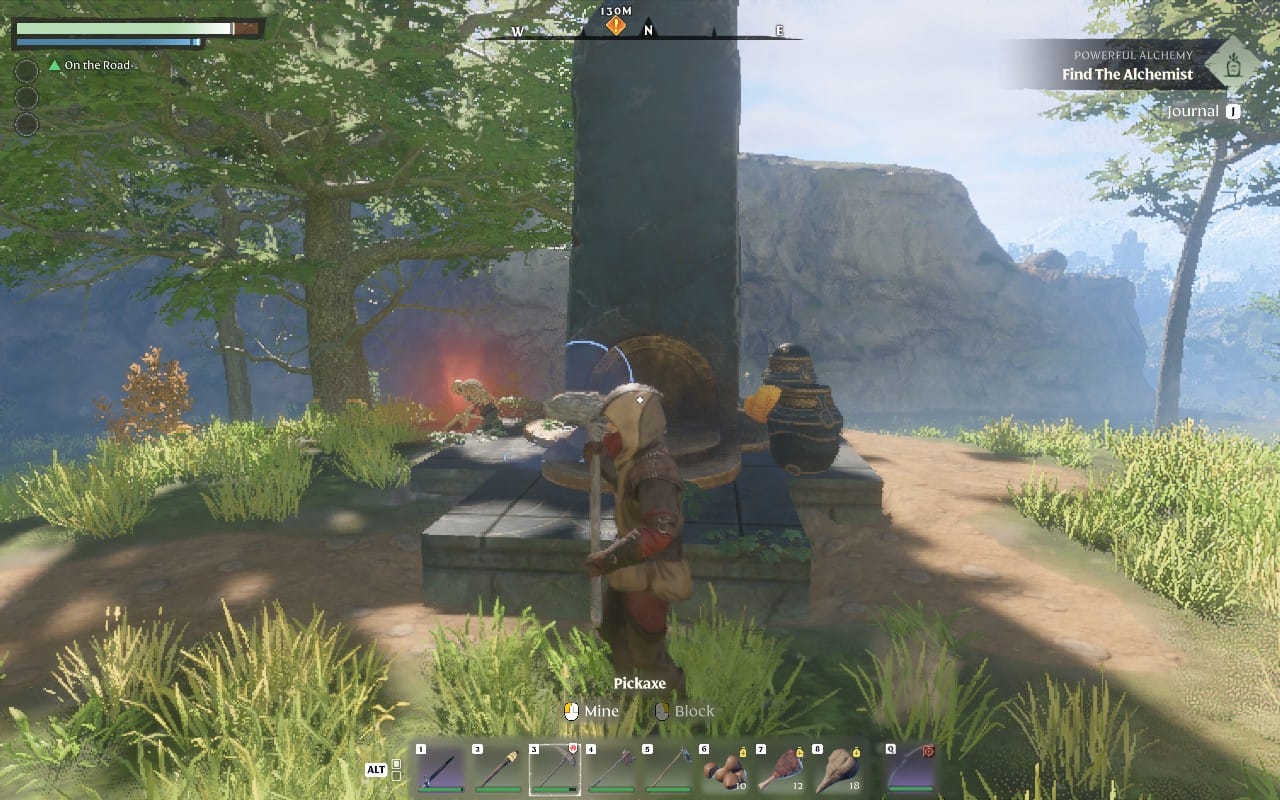
Fear not, though, as there seems to be something curious going on with the game's Holistic engine: Even at lower frame rates, the game somehow never feels too stuttery. I tried to pinpoint why this is the case on the Steam Deck, but to no luck — there's currently no real explanation for what's happening on the engine side that results in such a surprisingly playable output.
Obviously, there are visual features that are worth their cost, and some that are not: "Small Foliage Quality," for example, toggles grass and other foliage completely on and off. "Volumetric Quality" takes a massive toll on performance without any visual upgrade on the low resolution of the Steam Deck.
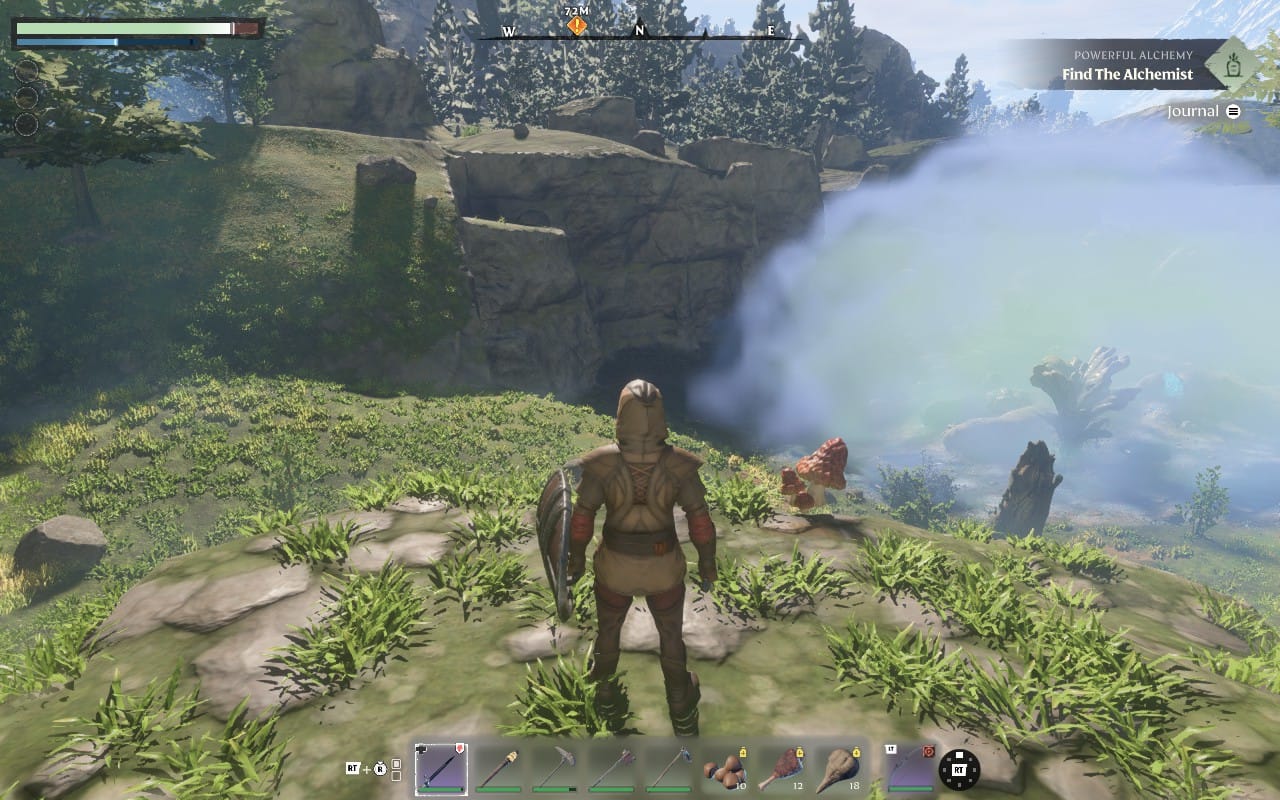
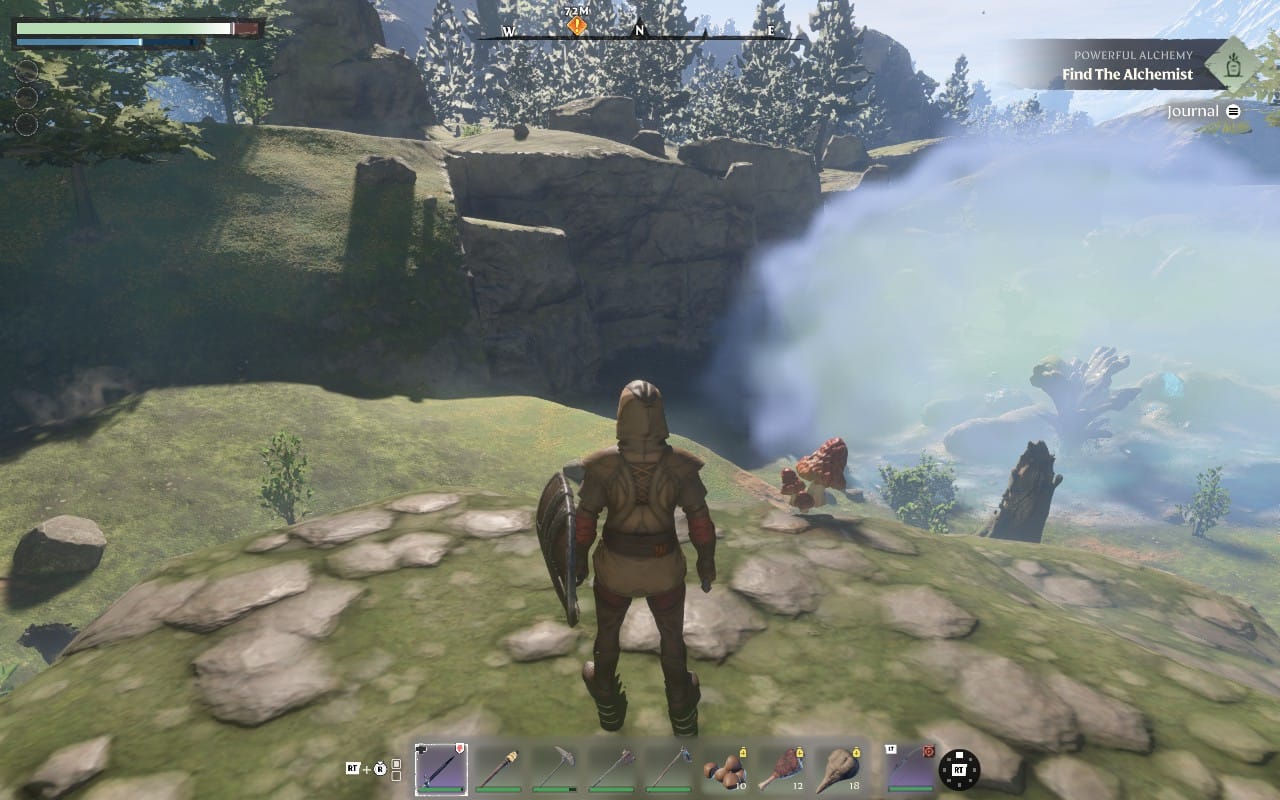
Toggling the foliage on and off
The icing on the cake is FSR2: There seems to be some kind of glitch going on the moment you enable AMD's upscaling tech. Everything around the player character, especially in movement and with small foliage enabled, becomes incredibly blurry — but in a weird, inconsistent way.
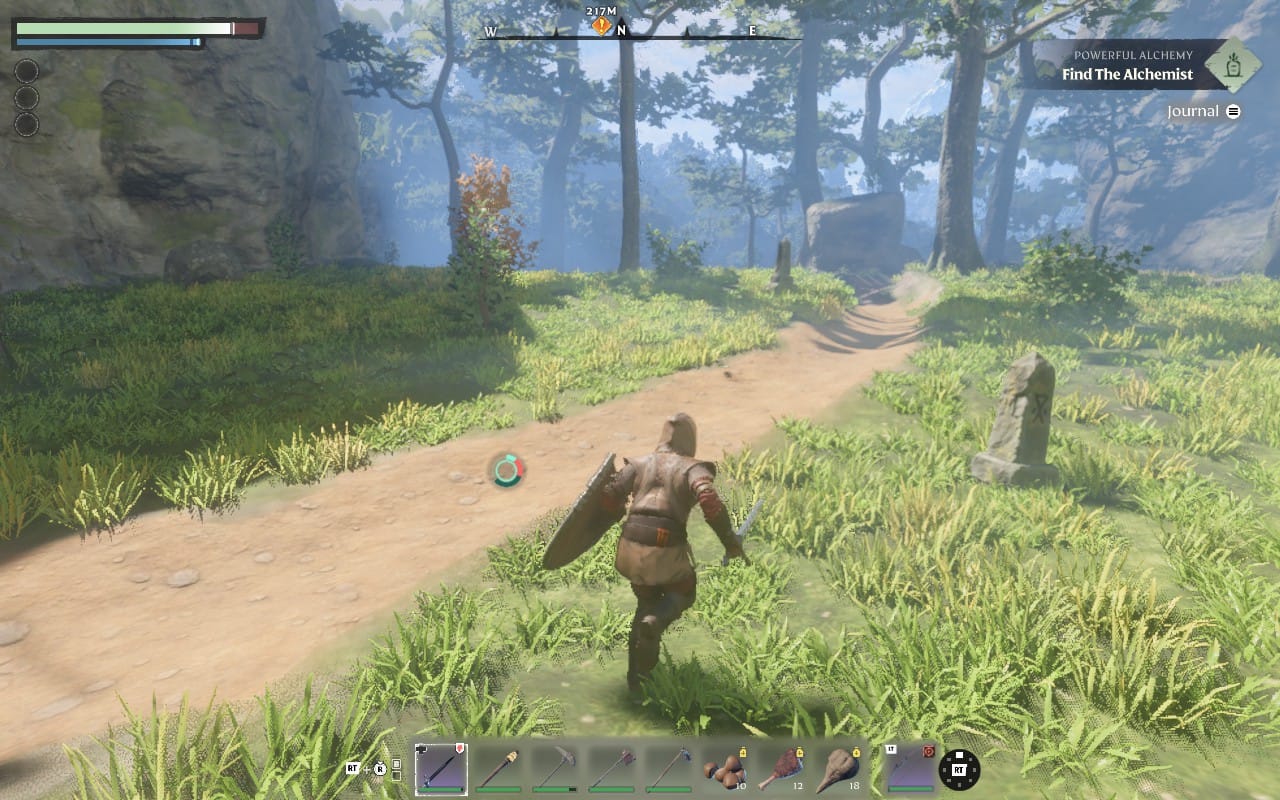
In the end, I decided that clarity is more important than an additional four frames per second, and opted for FXAA, the game's more classic anti-aliasing approach. Enshrouded's world comes with enough fog that there's truly no need for an additional layer of visual degradation. The result is somewhat serviceable and is something I'd optimistically call playable.
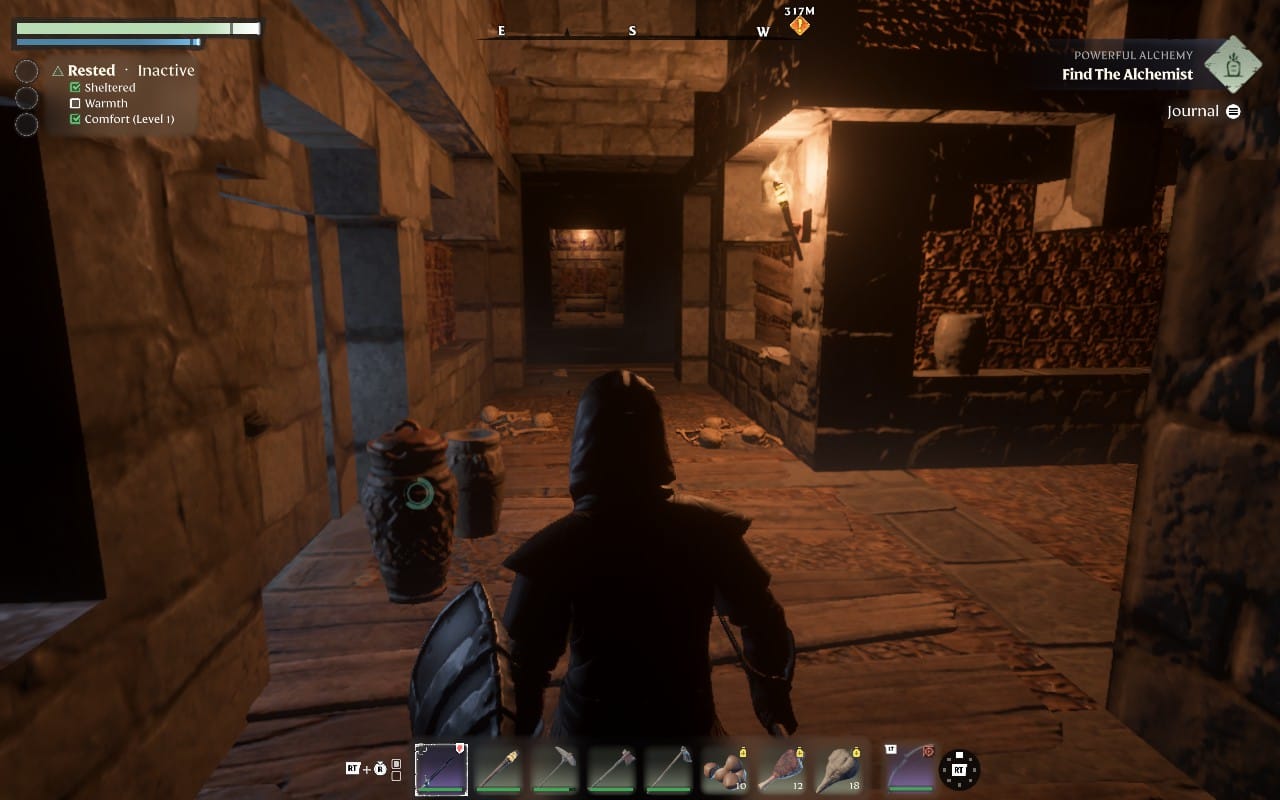
🎮 Optimised Early-Access Settings for Enshrouded on Steam Deck
After experimenting with many different scenarios in the game, I settled on the following set of settings:
| SteamOS Settings (Library + Quick Menu) | |
|---|---|
| Frame Limit | 30 (60/90 Hz) |
| In-Game Settings (DISPLAY) | |
|---|---|
| Resolution | 1280x800 (Native) |
| V-Sync | Off |
| Field of View | 30% |
| Anti-Aliasing | FXAA |
| Texture Resolution | Balanced |
| Shadow Quality | Balanced |
| Contact Shadows | Off |
| Indirect Lighting | Balance |
| Reflections | Balance |
| Fog Quality | Performance |
| Volumetric Shadow Quality | Off |
| SSAO | Off |
| Distant Objects | Off |
| Voxel Detail Models | Off |
| Small Foliage | Off |
| Tessellation | Performance |
| Point Light Shadows | Off |
They are far from perfect, but given the current state of the game, it's a start. Expect a battery life of around one and a half hours.
I reached out to Keen Games for a comment about their plans for the game on Valve's gaming handheld and will keep you posted if there's any news in this regard.
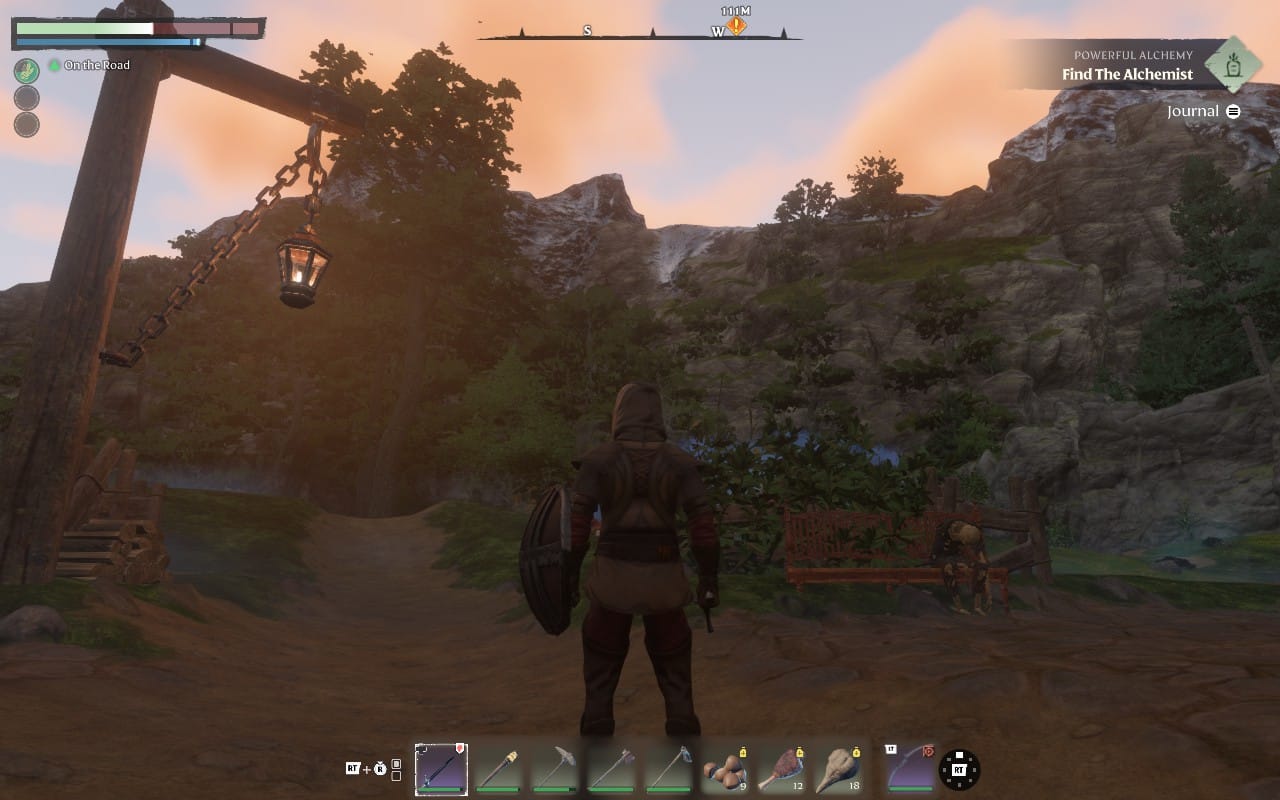
Unfortunately, as of right now, I can't recommend Enshrouded if you plan to exclusively play on your Steam Deck. The trade-offs take a significant toll on the otherwise stunning look and feel of this sandbox RPG, and its handcrafted world and secrets deserve to be explored in their best possible form.
Thankfully, the game is already available on GeForce Now — which is a welcome surprise. With max settings, up to 1200p, and even with Nvidia's Deep Learning Anti-Aliasing (short for DLAA), this offers a stark contrast, even on the Steam Deck, and is definitely worth a shot. So if you really want to play this on your Steam Deck — this is the way to go right now.




